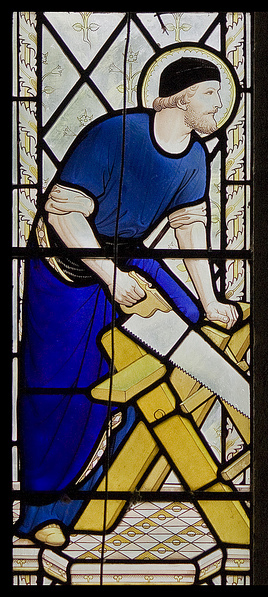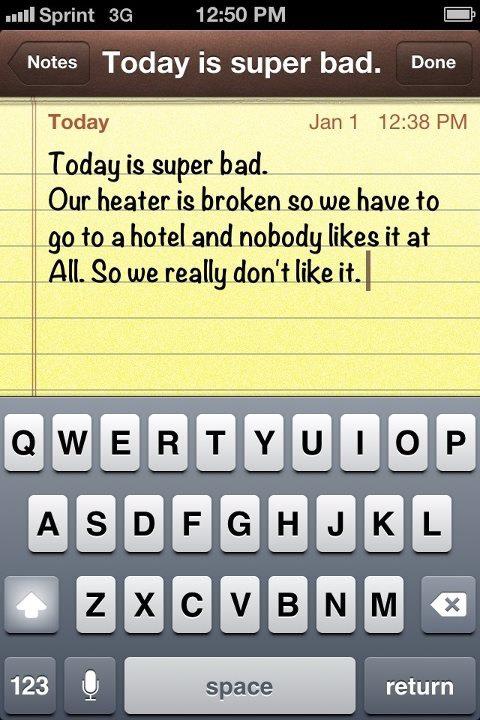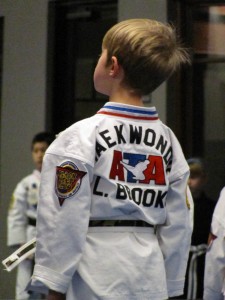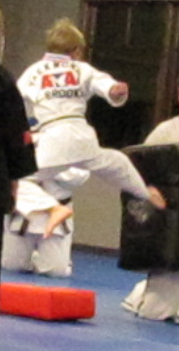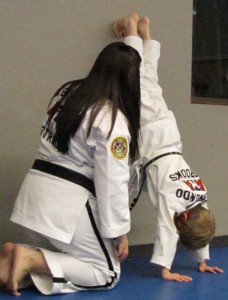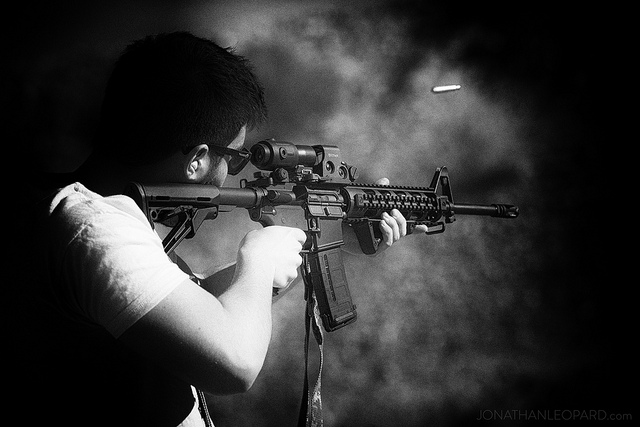I’ve spent much of the past several days working on my piece on Ancestry.com and Wikipedia.org. (Many thanks to those of you who commented on my last post.)
I’ve been asked to target that article to an Idaho audience, which means I find myself searching Wikipedia and Ancestry for topics related to Idaho history. Although I have learned quite a bit about Idaho in my two and a half years here, my knowledge is still patchy at best, so my discoveries have been hit and miss. I find the draft littered with such phrases as “potato magnate” and other keywords I’d rather not share here as they would attract the wrong crowd.
Because I’m more interested in process than product on each of the sites, I’m exploring the sites’ user guides, Ancestry’s message boards, and the “History” and “Talk” pages for individual articles on Wikipedia. I’m particularly enjoying the parade o’ semiliteracy that is the Aryan Nations talk page. Especially pleasing is the Aryan Nations guys suggesting the Wikipedians call the FBI to confirm the true leadership of the hate group. When the Aryan Nations guys are saying you need to use more reputable, government sources, well. . . there’s some kind of lesson in there. I’m just not sure what it is.
Regardless, I may need to make their discussion required reading in my public history courses.
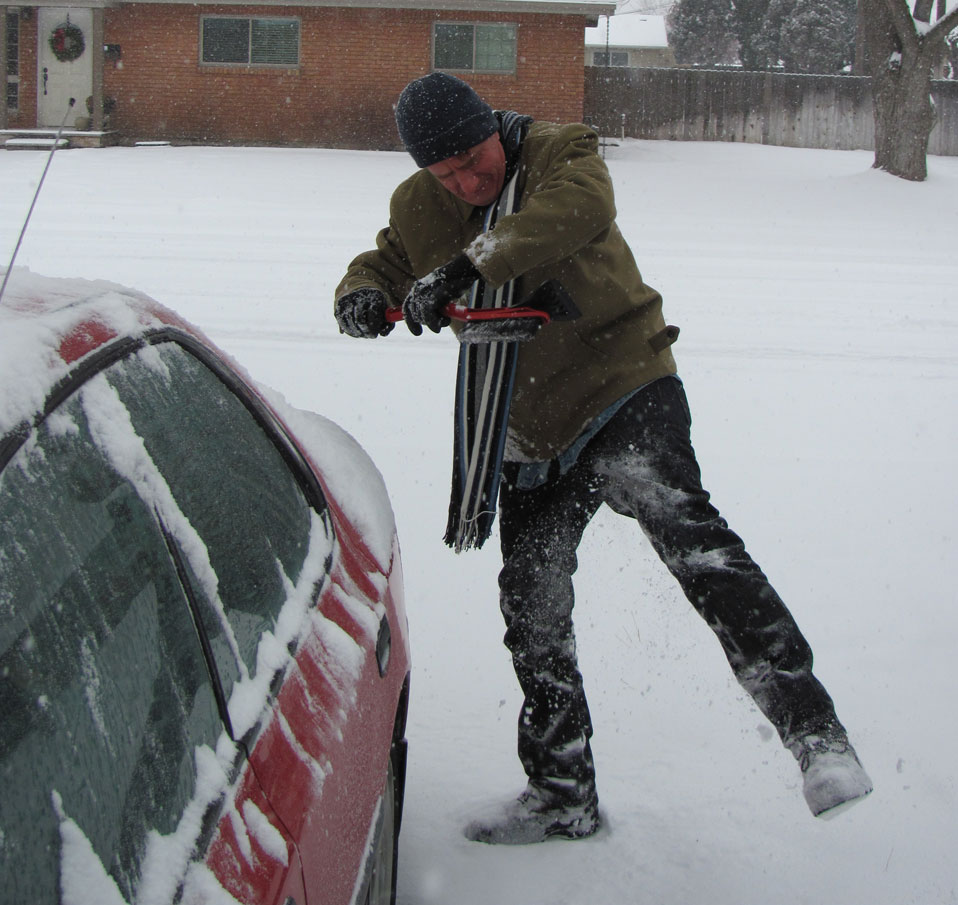
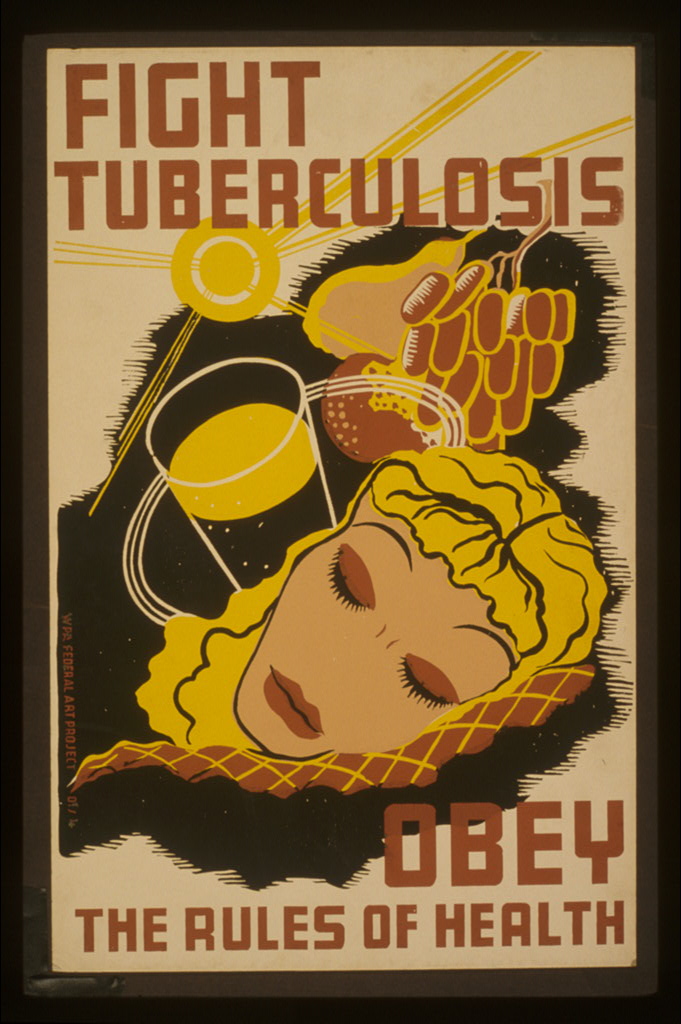 Today I was prescribed a third round of antibiotics for pneumonia. Anyone want to place bets on how functional I’ll be when classes begin on January 22? Or when I need to get back to working on some key collaborations on Monday?
Today I was prescribed a third round of antibiotics for pneumonia. Anyone want to place bets on how functional I’ll be when classes begin on January 22? Or when I need to get back to working on some key collaborations on Monday?